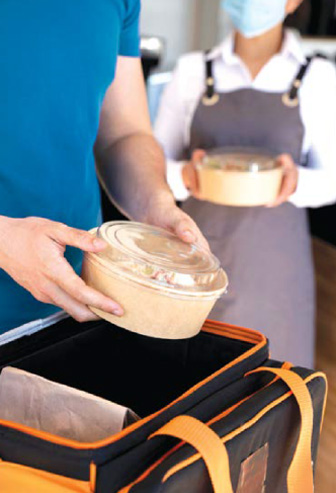When the “Circuit Breaker” was imposed in April 2020, the ride-hailing company was hit hard by the lockdown. In the midst of the crisis, Grab noticed a rising trend in on-demand delivery requests across its fleet of drivers. Equally pertinent was the fact that the lockdown had caused many food and beverage outlets to shut down as they could not get food to the customers.
Food delivery then became an enticing opportunity for Grab to prevent it from going under. However, there were huge problems to overcome first. These included developing the user interface, payment system and fee structures while building a comprehensive search engine. There was also a critical and urgent need to secure buy-in from the vendors and the public.
Grab maintained its culture of agileness in the face of the uncertainties and the challenges of a massive shift in business strategy. It divided this initiative into smaller sprints with teams focusing on quickly delivering simple prototypes for different components. One such feature was the progressive roll-out of Mix & Match function at hawker centres, allowing eaters to place orders from participating hawkers in one location.

Grab pivoted towards food delivery during the “Circuit Breaker”.
Grab then used the data gathered from these pilot studies to refine the products and integrate new features such as the digital payment systems, and these were further tested on the Grab Experimentation Platform.
By having frequent reviews and incorporating feedback and learning into subsequent sprint cycles, there was a compounding effect in learning and discovery for Grab. By being agile, Grab more than survived the pandemic as it seized new market opportunities and rapidly expanded into multiple business sectors. As of 2022, its ubiquitous super-app offers various ride-hailing, deliveries and financial services options.